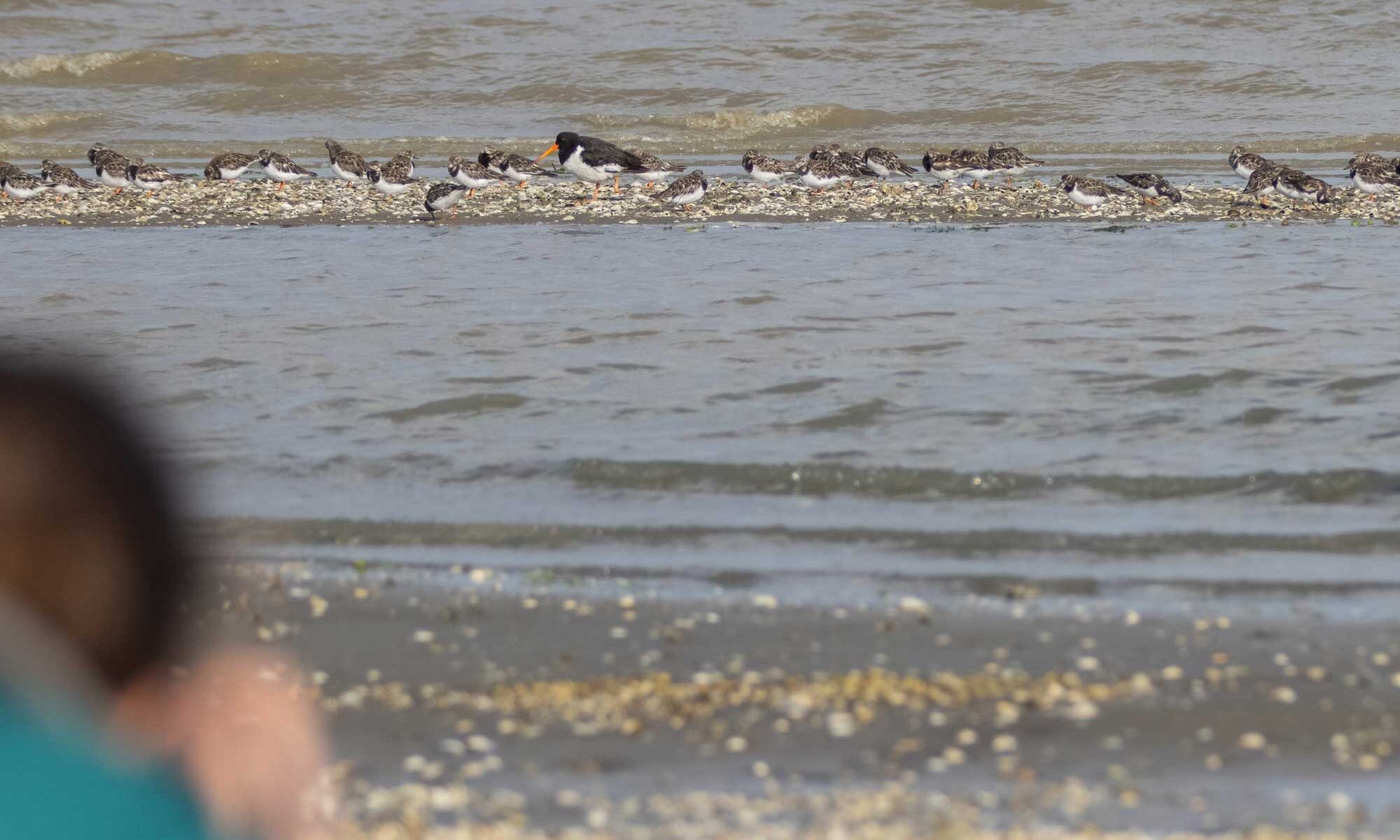My advice from an iNaturalist workshop I helped deliver:
You need an email address to sign up to iNaturalist. The platform doesn’t send junk email. It’s a friendly and positive online community that the New York Times called the ‘nicest place on the internet‘.
Observations must be wild, no pets please! But escaped biosecurity threat like turtles and parrots are great. Animal tracks or feathers also interesting. If you are in the garden then just tag your ID as captive/cultivated.
Respect nature – don’t disturb wildlife or habitats for a better photo.
Take photo then upload. If possible take photos from multiple angles. Everyone is always learning about photography, don’t feel self conscious, just do your best.
Add notes about behaviour. Try not to move the subject as the backgound of the photo can help give context.
Size is sometimes really helpful, especially with animal tracks. Hard core people take a ruler, I know a guy who has a ruler tattoo!
If using a phone or GPS enabled camera it will automatically add the location. This is great. If not you can add it manually using a map. Don’t worry if its a protected species like a Gecko that you should not tell people about the location of. iNaturalist will automatically hide the location of those species from poachers.
iNaturalist will automatically ID the animal based on other peoples photos. It sometimes does a bad job but other times it’s amazing, even without leaning on the rest of the community you can learn heaps about the natural world by just using its eyes. If your not sure what something is try and put it in a group, so for example you might not know the species of bird but if you know its some kind of bird just say its a bird.
If other people agree with your ID then it will get made Research Grade which is great. Don’t feel bad if it gets corrected, even the top scientists get stuff wrong, we are all just learning. Also don’t feel bad if no one ID’s it. Some of my observations of weird insects don’t get ID’d for years until a researcher is looking into that space and then they find the data really valuable.
By default your photos are shareable but its better to make them CC BY 4.0 if you want them to be used by researchers and other platforms like Wikipedia. It’s really cool when you look up a species name on Wikipedia and see your photo there. My photos get used by Newspapers and by community groups doing conservation work, I have a Google Alert set up for my name and its nice to see people using my photos for good work and crediting me.
I don’t really use the app very often because I have fancy cameras but the phone cameras are getting really good, especially for taking photos of little things. Most people are using phones. I use the website which is awesome, I follow some adventurous people who go to interesting places and see quite cool stuff, I also follow people in my local community so I know when someone finds something interesting near me.
